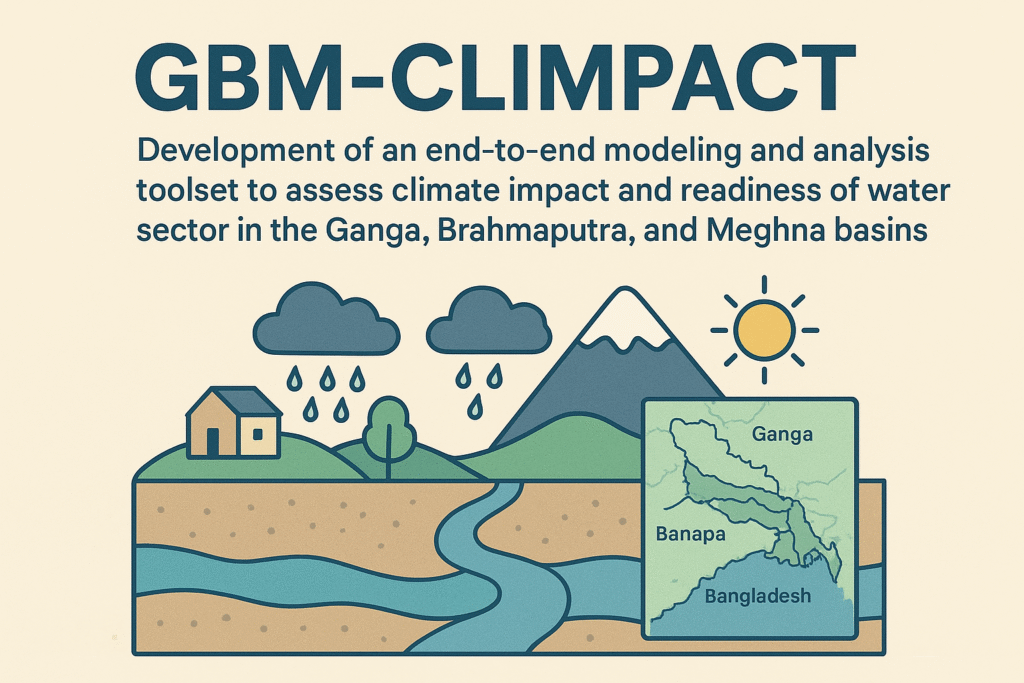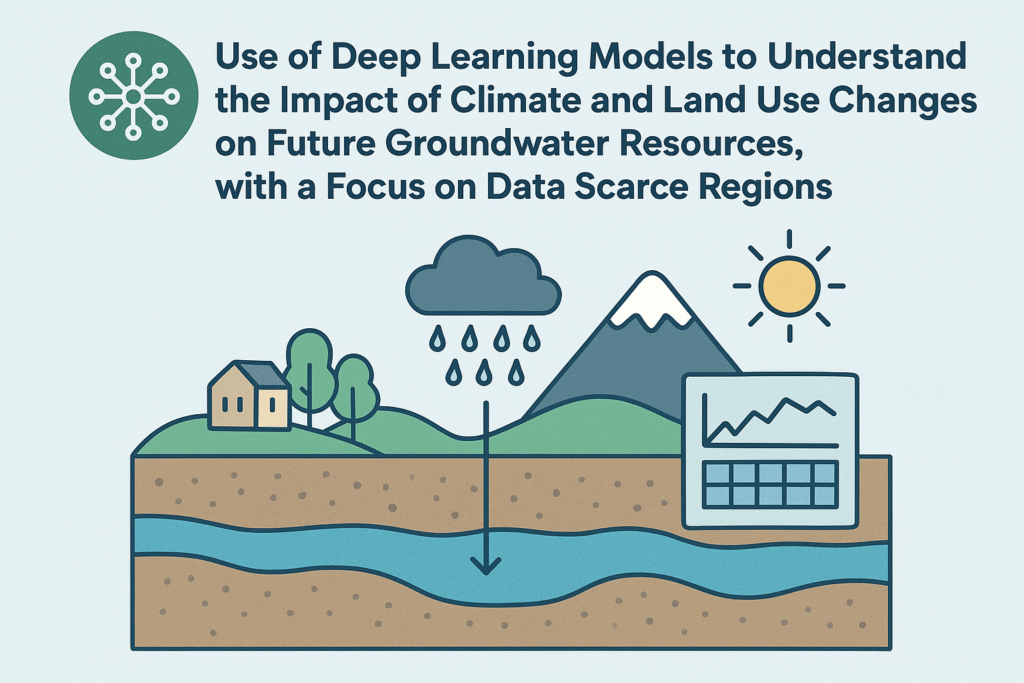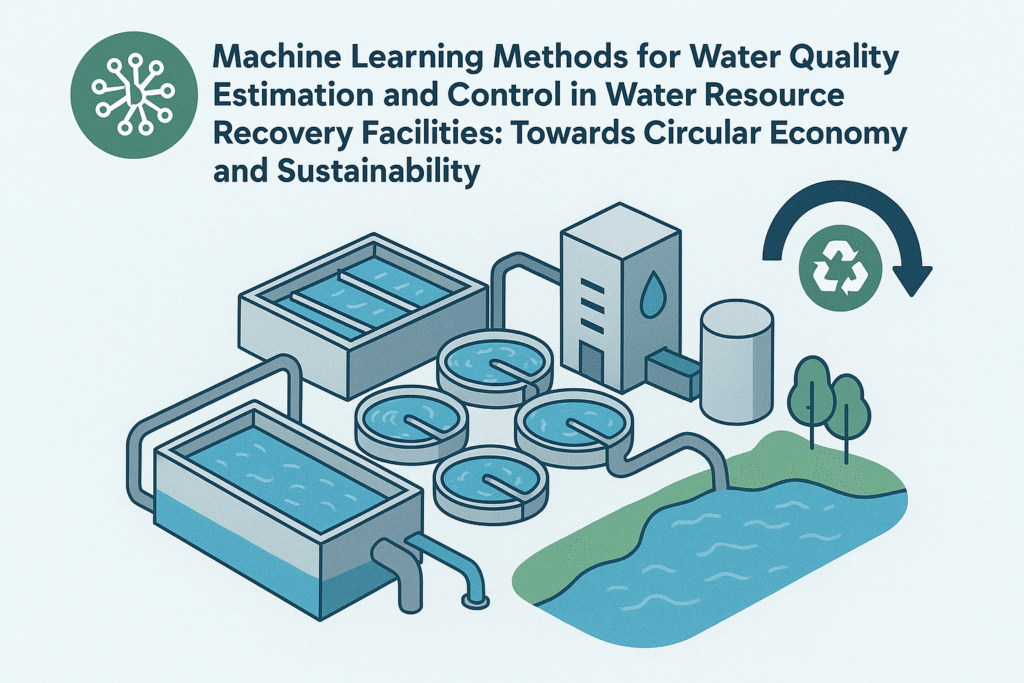Canadian PI: Dr. Martyn Clark
Canadian Institution: University of Saskacthewan
Indian PI: Dr. Manabendra Saharia
Indian Institution: Indian Institute of Technology (IIT) Delhi
Project Summary:
The Ganga, Brahmaputra, and Meghna (GBM) is inhabited by 700 million people and is of vital concern for the 5 countries these rivers encompass. Melting of glacier/snow, planned and existing hydropower reservoirs, and precipitation variability are continuously altering the patterns of water availability and water-related hazards in this region. The overarching goal of this project is to develop a next-generation integrated modeling chain to assess climate impacts on water-hazards in the GBM. The project activities include developing new observational analysis methods and datasets, downscaling techniques, land surface modelling and routing, and machine learning applications.
Key scientific questions to be investigated as a part of this project include, (1) How to optimally merge ground observations and reanalysis datasets to produce probabilistic meteorological estimates over a complex topography? (2) How to make global climate model outputs useful for assessing water availability at basin scales? (3) How to characterize the uncertainty in climate impacts for the water sector to improve predictions? (4) How to provide tailor-made model outputs to inform national and regional policy making?
It has been argued by Clark et al. (2016) that 21st century water resources planning requires a more comprehensive approach towards hydrologic uncertainty assessment under climate change. Through this project, we will develop new tools and techniques that reveal, reduce, and represent uncertainty in climate impacts on hydrology of the Ganga, Brahmaputra, and Meghna basin. This approach will uncover new understanding and representation the vulnerability of water resources to land and atmospheric drivers, which would reduce the usability gap between scientists and users in the region.


